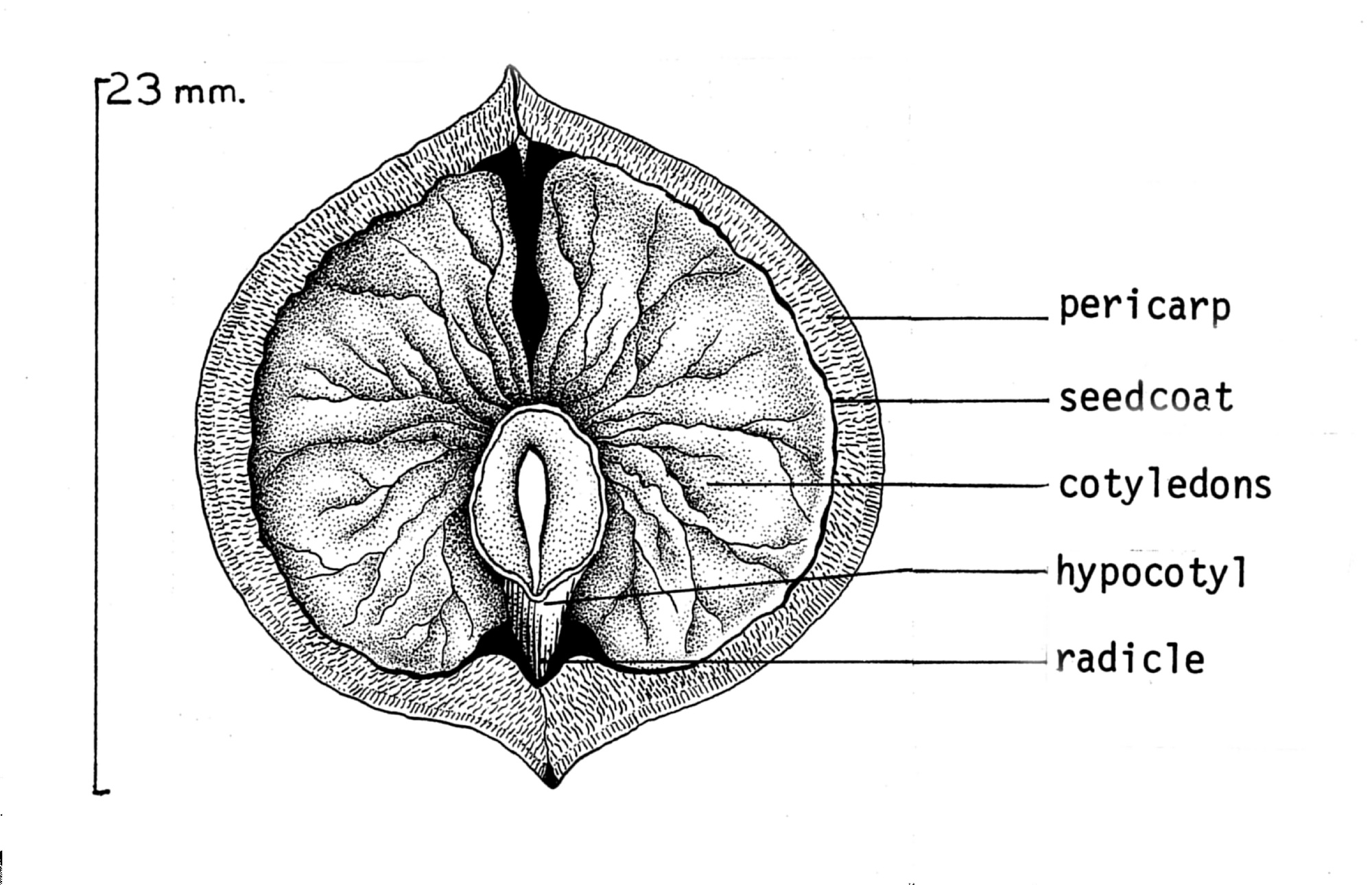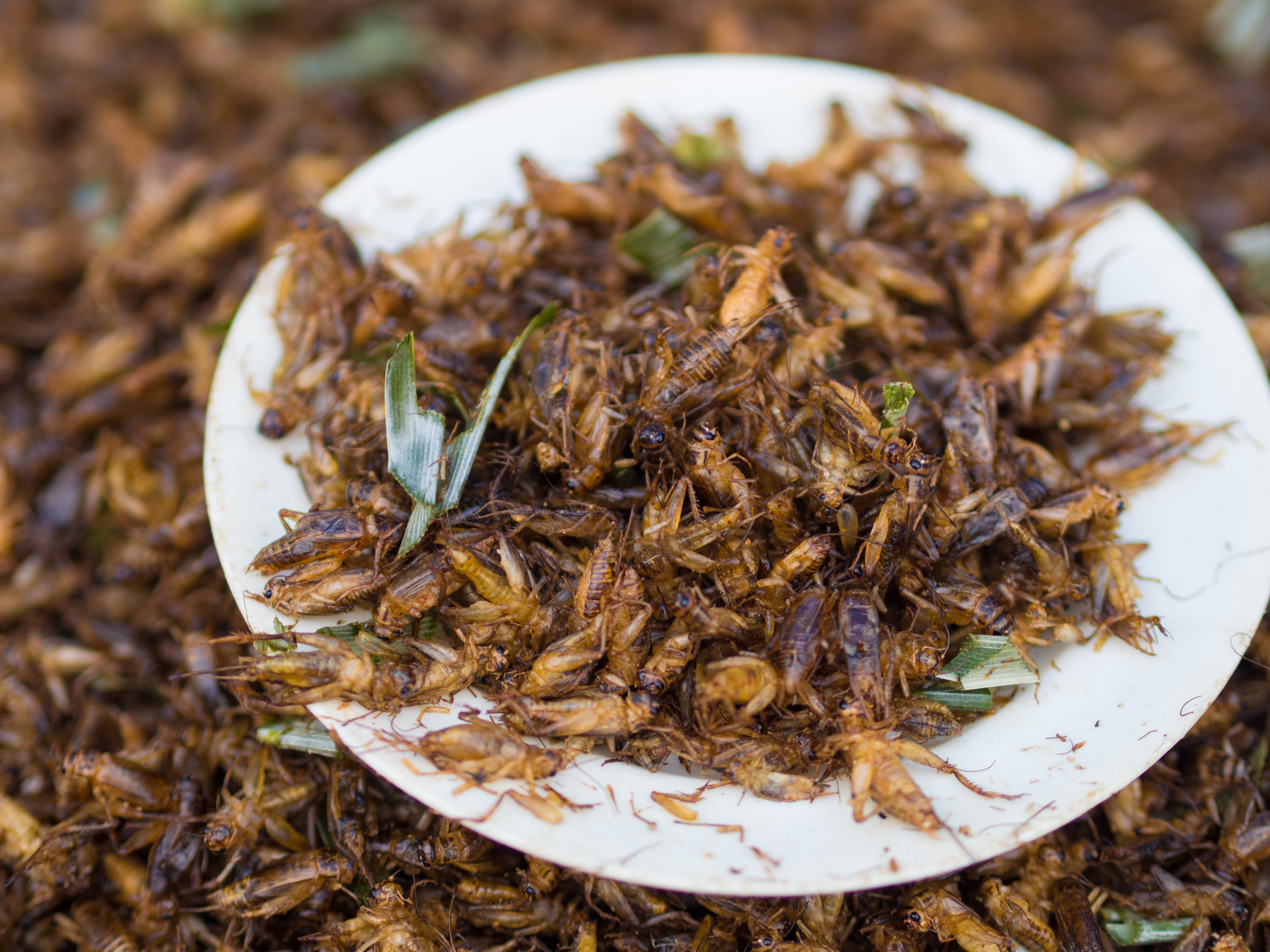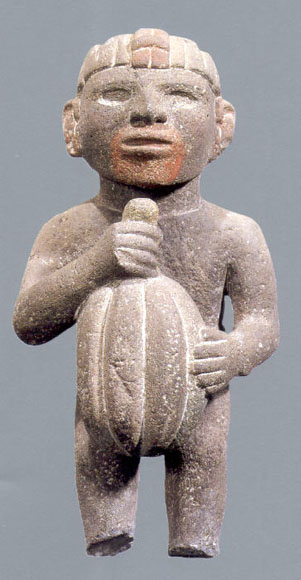|
Dry Roasting
Dry roasting is a process by which heat is applied to dry foodstuffs without the use of oil or water as a carrier. Unlike other dry heat methods, dry roasting is used with foods such as nuts and seeds, in addition to some eaten insects such as house crickets. Dry-roasted foods are stirred as they are roasted to ensure even heating. Dry roasting can be done in a frying pan or wok (a common way to prepare spices in some cuisines), or in a specialized roaster (as is used for coffee beans or peanuts). Dry roasting changes the chemistry of proteins in the food, changing their flavor, and enhancing the scent and taste of some spices. Roasted spices are commonly prepared by adding various herbs, spices, and sugars to the frying pan and roasting until brown. Common dry-roasted foods include peanut butter, which is made from peanuts that have been dry roasted; tea, which is made from tea leaves that have been dry-roasted (either immediately after picking or after fermentation); and co ... [...More Info...] [...Related Items...] OR: [Wikipedia] [Google] [Baidu] |
Roasting
Roasting is a cooking method that uses dry heat where hot air covers the food, cooking it evenly on all sides with temperatures of at least from an open flame, oven, or other heat source. Roasting can enhance the flavor through caramelization and Maillard browning on the surface of the food. Roasting uses indirect, diffused heat (as in an oven), and is suitable for slower cooking of meat in a larger, whole piece. Meats and most root and bulb vegetables can be roasted. Any piece of meat, especially red meat, that has been cooked in this fashion is called a roast. Meats and vegetables prepared in this way are described as "roasted", e.g., roasted chicken or roasted squash. Methods For roasting, the food may be placed on a rack, in a roasting pan or, to ensure even application of heat, may be rotated on a spit or rotisserie. If a pan is used, the juice can be retained for use in gravy, Yorkshire pudding, etc. During oven roasting, hot air circulates around the meat, co ... [...More Info...] [...Related Items...] OR: [Wikipedia] [Google] [Baidu] |
Nut (fruit)
A nut is a fruit consisting of a hard or tough nutshell protecting a kernel which is usually edible. In general usage and in a culinary sense, many dry seeds are called nuts, but in a botanical context, "nut" implies that the shell does not open to release the seed (Dehiscence (botany), indehiscent). Most seeds come from fruits that naturally free themselves from the shell, but this is not the case in nuts such as hazelnuts, chestnuts, and acorns, which have hard shell walls and originate from a compound ovary. Definition A seed is the mature fertilised ovule of a plant; it consists of three parts, the embryo which will develop into a new plant, stored food for the embryo, and a protective seed coat. Botany, Botanically, a nut is a fruit with a woody pericarp developing from a syncarpous gynoecium. Nuts may be contained in an Bract#Involucral bracts, involucre, a cup-shaped structure formed from the flower bracts. The involucre may be scaly, spiny, leafy or tubular, depending ... [...More Info...] [...Related Items...] OR: [Wikipedia] [Google] [Baidu] |
Seed
In botany, a seed is a plant structure containing an embryo and stored nutrients in a protective coat called a ''testa''. More generally, the term "seed" means anything that can be Sowing, sown, which may include seed and husk or tuber. Seeds are the product of the ripened ovule, after the embryo sac is fertilization, fertilized by Pollen, sperm from pollen, forming a zygote. The embryo within a seed develops from the zygote and grows within the mother plant to a certain size before growth is halted. The formation of the seed is the defining part of the process of reproduction in seed plants (spermatophytes). Other plants such as ferns, mosses and marchantiophyta, liverworts, do not have seeds and use water-dependent means to propagate themselves. Seed plants now dominate biological Ecological niche, niches on land, from forests to grasslands both in hot and cold climates. In the flowering plants, the ovary ripens into a fruit which contains the seed and serves to disseminate ... [...More Info...] [...Related Items...] OR: [Wikipedia] [Google] [Baidu] |
Entomophagy
Entomophagy (, from Greek wikt:ἔντομον, ἔντομον ', 'insect', and wikt:φαγεῖν, φαγεῖν ', 'to eat') is the practice of eating insects. An alternative term is insectivory. Terms for organisms that practice entomophagy are ''entomophage'' and ''insectivore''. Entomophagy is sometimes defined to also include the eating of arthropods other than insects, such as arachnids and myriapods; eating arachnids may also be referred to as arachnophagy. In non-humans Entomophagy is widespread among many animals, including non-human primates. Animals that feed primarily on insects are called insectivores. Insects, entomopathogenic nematode, nematodes and entomopathogenic fungi, fungi that obtain their nutrition from insects are sometimes termed ''entomophagous'', especially in the context of biological control applications. These may also be more specifically classified into predators, parasitism, parasites or parasitoids, while viruses, bacteria and fungi that g ... [...More Info...] [...Related Items...] OR: [Wikipedia] [Google] [Baidu] |
House Cricket
''Acheta domesticus'', commonly called the house cricket, is a species of cricket most likely native to Southwestern Asia, but between 1950 and 2000 it became the standard feeder insect for the pet and research industries and spread worldwide. They can be kept as pets themselves, as this has been the case in China and Japan. Description The house cricket is typically gray or brownish in color, growing to in length. Males and females look similar, but females will have a brown-black, needle-like ovipositor extending from the center rear, approximately the same length as the cerci, the paired appendages towards the rear-most segment of the cricket. On males, the cerci are more prominent. Diet The house cricket is an omnivore that eats a range of plant and animal matter. Crickets in the wild consume flowers, leaves, fruits, grasses and other insects (including dead members of their own species). Crickets in captivity will accept fruits (e.g. apples, oranges, bananas), veg ... [...More Info...] [...Related Items...] OR: [Wikipedia] [Google] [Baidu] |
Frying Pan
A frying pan, frypan, or skillet is a flat-bottomed pan used for frying, searing, and browning foods. It typically ranges from in diameter with relatively low sides that flare outwards, a long handle, and no lid. Larger pans may have a small grab handle opposite the main handle. A pan of similar dimensions, but with less flared, more vertical sides and often with a lid, is called a sauté pan. While a sauté pan can be used as a frying pan, it is designed for lower-heat cooking. History Copper frying pans were used in ancient Mesopotamia. Frying pans were also known in ancient Greece, where they were called () and teganon (τήγανον) and Rome, where they were called ''patella'' or ''sartago''. The word ''pan'' derives from the Old English . Before the introduction of the kitchen stove in the mid-19th century, a commonly used cast-iron cooking pan called a 'spider' had a handle and three legs used to stand up in the coals and ashes of the fire. Cooking pots and pan ... [...More Info...] [...Related Items...] OR: [Wikipedia] [Google] [Baidu] |
Peanut Butter
Peanut butter is a food Paste (food), paste or Spread (food), spread made from Grinding (abrasive cutting), ground, dry roasting, dry-roasted peanuts. It commonly contains additional ingredients that modify the taste or texture, such as salt, sweeteners, or emulsifiers. Consumed in many countries, it is the most commonly used of the nut butters, a group that also includes cashew butter and almond butter. Peanut butter is a nutrient-rich food containing Reference Daily Intake, high levels of protein, several vitamins, and dietary minerals. It is typically served as a spread on bread, toast, or crackers and used to make sandwiches (notably the peanut butter and jelly sandwich). It is also used in a number of List of breakfast dishes, breakfast dishes and List of desserts, desserts, such as granola, smoothies, crepes, cookies, Chocolate brownie, brownies, or croissants. History The earliest references to peanut butter can be traced to Aztec and Inca civilizations, who ground ... [...More Info...] [...Related Items...] OR: [Wikipedia] [Google] [Baidu] |
Coffee
Coffee is a beverage brewed from roasted, ground coffee beans. Darkly colored, bitter, and slightly acidic, coffee has a stimulating effect on humans, primarily due to its caffeine content, but decaffeinated coffee is also commercially available. There are also various coffee substitutes. Typically served hot, coffee has the highest sales in the world market for hot drinks. Coffee production begins when the seeds from coffee cherries (the '' Coffea'' plant's fruits) are separated to produce unroasted green coffee beans. The "beans" are roasted and then ground into fine particles. Coffee is brewed from the ground roasted beans, which are typically steeped in hot water before being filtered out. It is usually served hot, although chilled or iced coffee is common. Coffee can be prepared and presented in a variety of ways (e.g., espresso, French press, caffè latte, or already-brewed canned coffee). Sugar, sugar substitutes, milk, and cream are often added to mask ... [...More Info...] [...Related Items...] OR: [Wikipedia] [Google] [Baidu] |
Chocolate
Chocolate is a food made from roasted and ground cocoa beans that can be a liquid, solid, or paste, either by itself or to flavoring, flavor other foods. Cocoa beans are the processed seeds of the cacao tree (''Theobroma cacao''); unprocessed, they taste intensely bitter. In making chocolate, these seeds Cocoa bean fermentation, are usually fermented to develop the flavor. They are then dried, cleaned, and roasted. The shell is removed to reveal nibs, which are ground to chocolate liquor: unadulterated chocolate in rough form. The liquor can be processed to separate its two components, cocoa solids and cocoa butter, or shaped and sold as unsweetened baking chocolate. By adding sugar, sweetened chocolates are produced, which can be sold simply as dark chocolate (a.k.a., plain chocolate), or, with the addition of milk, can be made into milk chocolate. Making milk chocolate with cocoa butter and without cocoa solids produces white chocolate. In some chocolates, other ingredients ... [...More Info...] [...Related Items...] OR: [Wikipedia] [Google] [Baidu] |
Cocoa Bean
The cocoa bean, also known as cocoa () or cacao (), is the dried and fully fermented seed of ''Theobroma cacao'', the cacao tree, from which cocoa solids (a mixture of nonfat substances) and cocoa butter (the fat) can be extracted. Cacao trees are native to the Amazon rainforest. They are the basis of chocolate and Mesoamerican foods including tejate, an indigenous Mexican drink. The cacao tree was first domesticated at least 5,300 years ago by the Mayo-Chinchipe culture in South America before it was introduced in Mesoamerica. Cacao was consumed by pre-Hispanic cultures in spiritual ceremonies, and its beans were a common currency in Mesoamerica. The cacao tree grows in a limited geographical zone; today, West Africa produces nearly 81% of the world's crop. The three main varieties of cocoa plants are Forastero, Criollo, and Trinitario, with Forastero being the most widely used. In 2024, global cocoa bean production reached 5.8 million tonnes, with Ivory Coast leading a ... [...More Info...] [...Related Items...] OR: [Wikipedia] [Google] [Baidu] |
Coffee Roasting
Roasting coffee transforms the chemical and physical properties of Coffee processing, green coffee beans into roasted coffee products. The roasting process produces the characteristic flavor of coffee by causing the green coffee beans to change in taste. Unroasted beans contain similar if not higher levels of acids, protein, sugars, and caffeine as those that have been roasted, but lack the taste of roasted coffee beans due to the Maillard Reaction, Maillard and other chemical reactions that occur during roasting. Coffee tends to be roasted close to where it will be consumed, as green coffee is more stable than roasted beans. The vast majority of coffee is roasted commercially on a large scale, but small-scale commercial roasting has grown significantly with the trend toward Single-origin coffee, "single-origin" coffees served at specialty shops. Some coffee drinkers Home roasting coffee, roast coffee at home as a hobby in order to both experiment with the flavor profile of the b ... [...More Info...] [...Related Items...] OR: [Wikipedia] [Google] [Baidu] |







